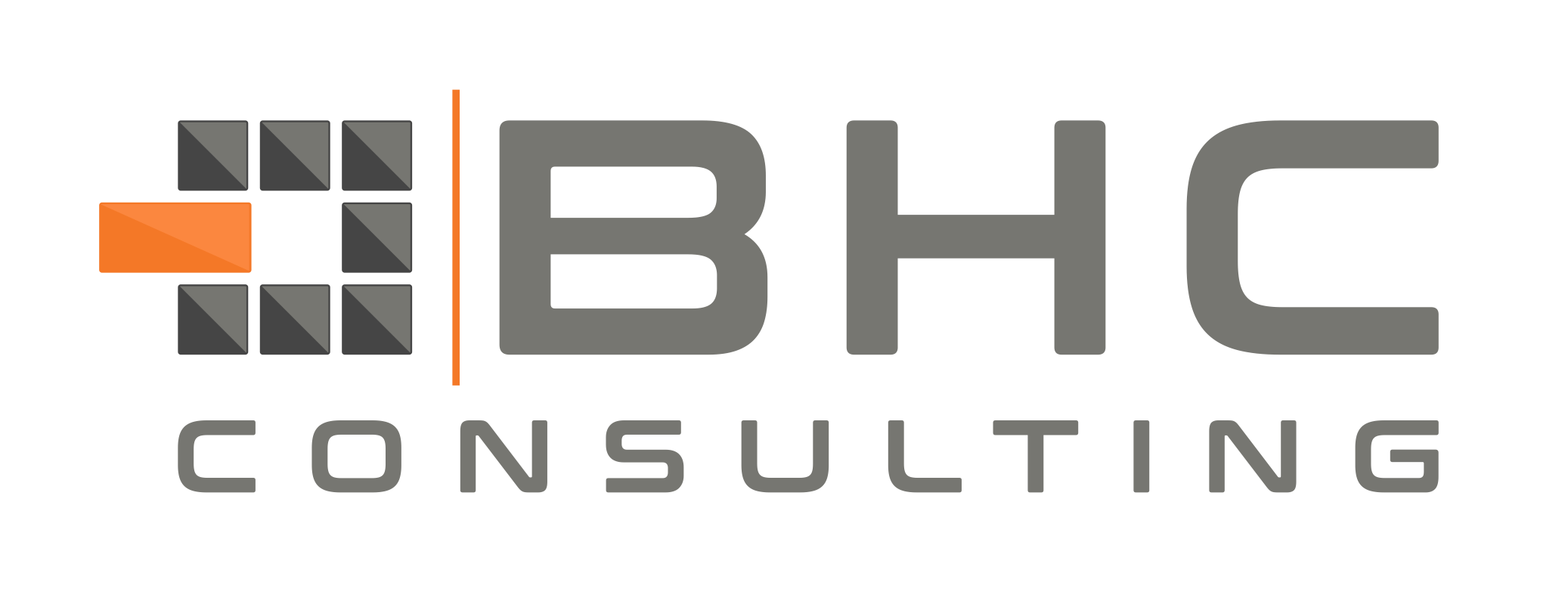 Systems Engineering as an answer to current challenges in product development
Systems Engineering as an answer to current challenges in product development
In the continuously changing world, our customers also have to face new and changing challenges again and again:
- Complexity: Today’s product development is characterized by increasing complexity, triggered by innovations. These will lead to an ever-increasing share of software in product development, increasing networking of software functionalities and a growing number of configurable product variants offered to the customer. Mastering the development of these complex products requires cross-disciplinary, efficient collaboration.
- Verification and conformity: Increasing product complexity leads to ever more complex verification processes (such as regulatory or technical conformity, certification requirements and traceability).
- Cost and time pressure: You have to adapt to the rapidly changing requirements of your environment and develop innovative products in the shortest possible time. The fast, customer-friendly and regular updatability of products is also becoming increasingly important. The key is to focus on the value-adding functions in order to minimize development costs and remain profitable in the long term. Another way to reduce these costs is based on reducing the number of physical prototypes using a realistic simulation of the system model.
Systems Engineering provides you with the levers in development for time, quality and costs. We take care of the target-oriented adaptation and implementation of methods and processes to generate the best solution for you. The competitiveness of our customers is our top priority.
 Our Services
Our Services
The following process model in 6 steps corresponds to an end-to-end consulting approach and is intended to give you an overview of our systems engineering services.













 The BHC Benefit
The BHC Benefit
The experience from our previous projects shows very clearly that a perfectly tailored and sustainable solution can only be developed together with our customers. With our knowledge and practical experience, we accompany you through the entire process from the analysis of the current situation to the rollout of the implemented solution and beyond. Coordinate your goal with us after our analysis and together we will find a solution that is perfectly tailored to you.
What else you can expect from us:
- Extensive experience in consulting around the conceptual design and implementation of (model-based) systems engineering
- For an ideal result, we always look beyond the end of our nose and keep an eye on the complete life cycle of your products
- Strong SE tool competencies
- Holistic knowledge regarding process, method and IT implementation
 More information on Systems Engineering and an insight into our SE potential list.
More information on Systems Engineering and an insight into our SE potential list.
(Model-Based) Systems Engineering - Backgrounds
Systems Engineering is a methodology for the successful development of complex products realized in large and cross-disciplinary projects. It thus serves not only to master technical complexity, but also organizational complexity. Systems engineering has its origins in aerospace and is increasingly used in the development of mechatronic and smart products where a variety of disciplines such as mechanical engineering, E/E and computer science must be orchestrated.
Model-Based Systems Engineering (MBSE) places a system model at the center of development. It serves as a means of communication between the developers of the different disciplines by containing all essential cross-disciplinary information about the system and describing it in a discipline-independent manner.
Systems Engineering Potential List
Checklists exist, such as the A-SPICE maturity model, where an incredibly large number of criteria and complicated analyses can be used to determine what the maturity level of your development process is and what things you need to achieve the next maturity level.
Instead, we offer you an analysis of your product development based on a checklist focused on potentials. When the analysis is complete, we show you the next steps to optimize your product development and which steps will mean the greatest benefit for you.

Use of the step model
-
- The current state of the reference processes is assessed using a step-by-step model
- The stages build on each other, i.e. each subsequent stage contains the characteristics of the previous stage.
- The meaning of the levels can be read from the evaluation reference
- Note: a low level is not synonymous with “bad”! Not every reference process has to be at the highest possible level for you. If a reference process is not a priority for your company, this results in usable cost potentials. And you remain flexible.
Analysis of the actual situation
-
- We determine with you the degree of fulfillment of the respective reference processes
Determination of the target levels
-
- Based on your requirements, we define the target levels together with you
- Weighing up the cost/benefit ratio
- Achievability of the target level in the given time period
- Alignment of target levels with your strategy


The gap between the actual and target levels essentially determines the required tasks and fields of action and their priority.
Together with you, we will develop a guideline that will enable you to realize your goals within the given time frame

Excerpt from the BHC potential list


Do you have any questions? With pleasure I am at your disposal.
Björn Maibücherbjoern.maibuecher@b-h-c.de
Mobile: + 49 (0) 176 313 789 41



